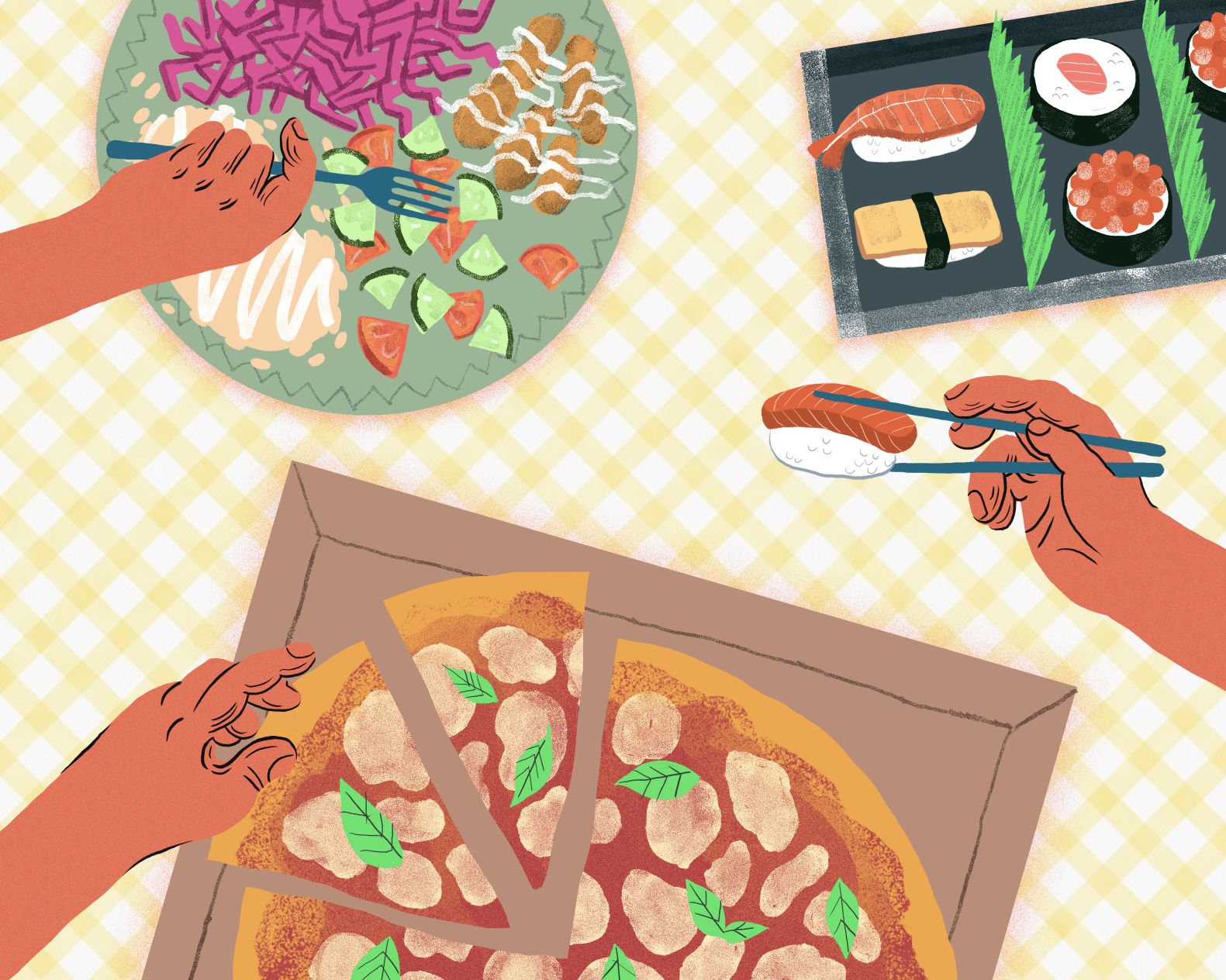If there is one thing in this world that transcends borders and crosses political stripes, it’s food. Closely tied to culture and identity, food acts as an equalizer that strengthens communities and our understanding of others. It is no wonder why so many television programs and networks are entirely dedicated to food—it is entertaining, educational, and motivational. From Julia Child to the Iron Chefs, world-renowned cooking celebrities have turned to the small screen to share their recipes with the world. YouTube’s platform and its wide-ranging potential have shaken the food world up harder than a good martini.
Where the Food Network, Bravo, and Cooking Channel have banked on the tried-and-true formulas of game shows, celebrities cameos, and renowned James Beard award-winning chefs, YouTube’s content creator platform allows anyone with a kitchen to be the star of their own cooking show. Long before quarantine began, a younger generation of cooks and bakers had become quasi-celebrities on YouTube as channels like Binging with Babish and How To Cake It amassed millions of subscribers.
One area that YouTube cooking shows tend to excel in is the representation of diverse cuisines often overlooked in conventional network television. For decades, food television has often presented food cultures as homogenous, as white hosts and chefs either presented the same trite European-influenced dishes or appropriated ethnic cuisines. Food comes in many styles, spices, and tastes, but cooking shows have often neglected African, Asian, and Indigenous cuisines. The people-of-colour who are represented on network television, such as Marcus Samuelsson of Chopped, Sunny Anderson of The Kitchen, and Padma Lakshmi of Top Chef, bring fantastic insights to food, but they are a small minority among the dozens of white show hosts.
In contrast, YouTube’s freelance model gives content creators complete creative control. Chefs who may not have even been picked up by networks in the first place do not have to rely on corporate approval, which gives individuals the freedom to demonstrate how to cook their culture’s cuisine. Channels like Chef Lola’s Kitchen and Helen’s Recipes offer approaches to cooking that would otherwise be white-washed: Lola brings her Nigerian roots to the table, and Helen brings a Vietnamese palate to create straightforward, yet vibrant meals.
As YouTube’s bevy of food channels have grown, they have not avoided controversy. Bon Appetit’s YouTube channel recently faced accusations of a toxic culture toward BIPOC staff members, as the channel prioritized white-centric cuisines and exclusively paid white editors for video appearances. After seven of their staff members left, including Sohla El-Waylly, who was the first to speak out against parent company Condé Nast, Bon Appetit responded by instating Dawn Davis, an accomplished, Black publisher as Editor-in-Chief.
Systemic racism is not exclusive to the YouTube food community—in fact, it is a problem endemic to the larger industry of food entertainment. Mario Batali’s sexual assault allegations, Paula Deen’s blatant racism, and the accusations against Jamie Oliver of cultural appropriation for his “punchy jerk Jamaican rice” have been major scandals in the food entertainment industry. These culinary giants and their controversies are intrinsic to corporate power structures and attitudes founded in discriminatory institutions that prioritize white-centric contributions and perspectives.
In order for Food YouTube—and Bon Appétit in particular—to move towards equitable and diverse content, they must go beyond grazing the surface of these issues. Content creators must implement progressive changes that address representation and equity in their content and the food that they make. They must learn from the mistakes of food television and continue in the right direction. Only then will the great equalizer be truly equal.








